Guajillo vs Ancho: The Great Chile Face-Off – Which One Reigns Supreme?
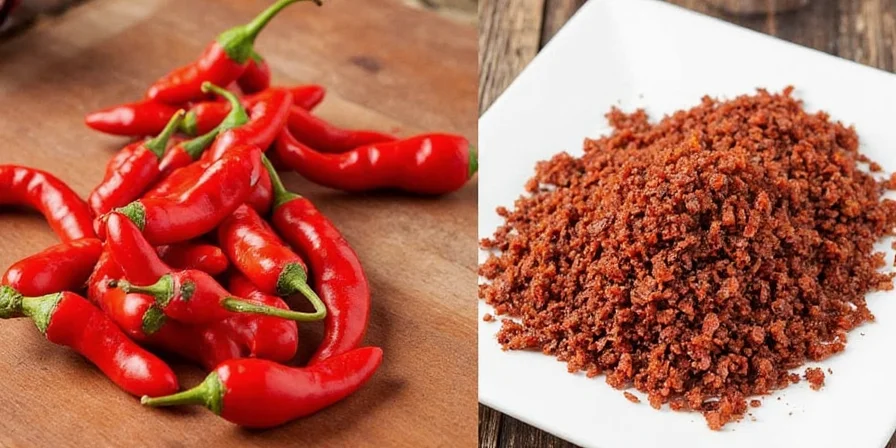
A dramatic showdown between two Mexican chili legends.
Table of Contents
- Introduction
- What Are Guajillo & Ancho Chiles?
- Heat Level Showdown
- Flavor Profiles Compared
- Common Culinary Uses
- Pro Tips for Cooking with Each
- Can You Substitute One for the Other?
- Growing Your Own Guajillo or Ancho
- Where to Buy and Storage Secrets
- Conclusion
Introduction
If you’ve ever stood in a spice aisle staring at rows of dried chiles, wondering if you’ve stumbled into a botanist’s nightmare, then welcome—you’re not alone. Today, we're diving into one of the most debated topics in the world of Spice Basics: Guajillo vs Ancho. These two heavyweights from Mexico bring heat, flavor, and history to your plate. But which one deserves a permanent spot in your pantry? Let’s find out!
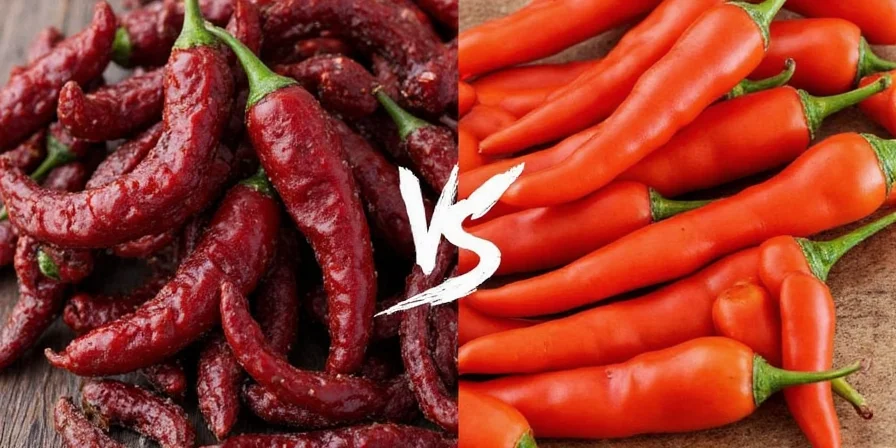
Mexican cuisine wouldn’t be the same without these chile heroes.
What Are Guajillo & Ancho Chiles?
Meet the Contenders
- Guajillo Chili: Long, slender, reddish-brown chiles that pack a punch. They are the dried form of the Mirasol chili and are commonly used in sauces, soups, and stews.
- Ancho Chili: Plump, dark red, wrinkled chiles with a sweet, fruity flavor. They come from dried poblano peppers and are often the base for moles and salsas.
| Chile Type | Origin | Color | Shape | Scoville Units |
|---|---|---|---|---|
| Guajillo | Mexico (from Mirasol pepper) | Reddish-brown | Long and slender | 2,500–5,000 SHU |
| Ancho | Mexico (from Poblano pepper) | Deep maroon | Broad and flat | 1,000–2,000 SHU |
Heat Level Showdown
Let’s settle this early—guajillos are hotter. If you’re looking for some fire without overwhelming heat, guajillos offer a balanced warmth that builds gradually. Meanwhile, anchos play it mellow, making them perfect for those who enjoy subtle spice without the drama.
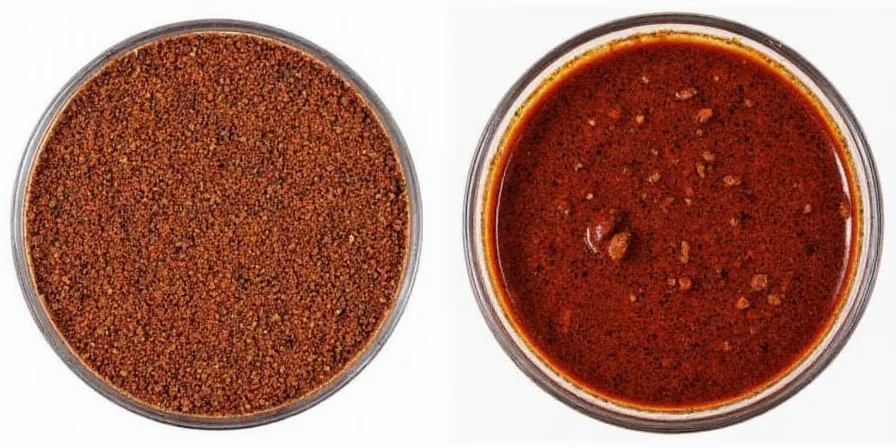
Heat scale comparison for Guajillo vs Ancho.
Flavor Profiles Compared
This is where things get really interesting. Think of flavor like a playlist—both have great beats, but different vibes:
- Guajillo: Tangy, slightly smoky, with hints of berry and tea leaves. Some say it’s the rockstar of the bunch—bold and a little wild.
- Ancho: Sweet, earthy, and slightly chocolate-like. Imagine a cozy bonfire on a chilly night—it’s that comforting kind of warmth.
Common Culinary Uses
Each chile has its preferred stage:
- Guajillo: Perfect for red sauces, adobos, enchilada sauce, and marinades. They’re also popular in Oaxacan mole negro.
- Ancho: The star of mole poblano, salsas, and rellenos. They work beautifully in slow-cooked dishes where flavor needs to simmer and develop.
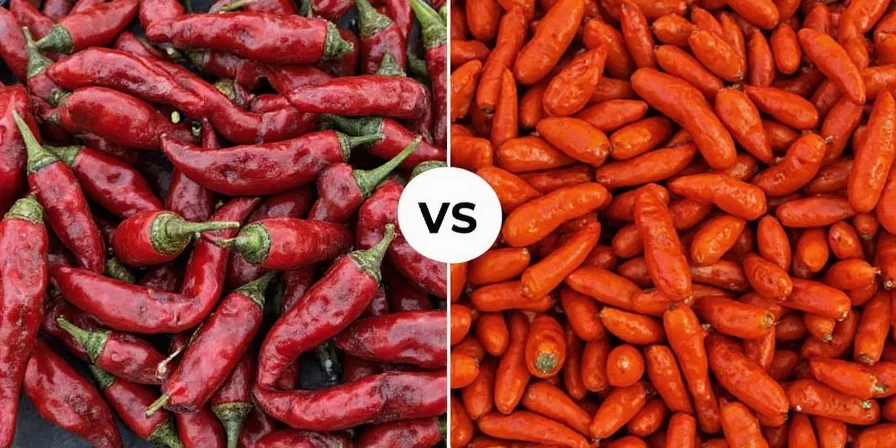
From salsas to moles—two chiles, endless possibilities.
Pro Tips for Cooking with Each
For Guajillo:
- Toast lightly before rehydrating to unlock their full aroma.
- Pair with garlic, cumin, and citrus for a bold flavor boost.
- Don’t overdo it—too many can overpower a dish.
For Ancho:
- Soak in warm water or broth to soften before blending.
- Combine with cinnamon or cocoa powder for rich mole bases.
- Their mild heat makes them great for kids’ meals or spice-sensitive palates.
Can You Substitute One for the Other?
In a pinch? Sure! But know what you're trading off:
- Guajillo → Ancho: You’ll lose some heat and tanginess. Compensate with a dash of vinegar or lemon juice.
- Ancho → Guajillo: Expect more heat and less sweetness. Add a bit of sugar or raisins to balance it out.
Growing Your Own Guajillo or Ancho
If you're feeling adventurous, why not grow your own?
- Guajillo plants: Thrive in hot, dry climates. Harvest when peppers turn deep red.
- Ancho plants: Prefer moderate temperatures. Pick when peppers are fully red and thick-skinned.
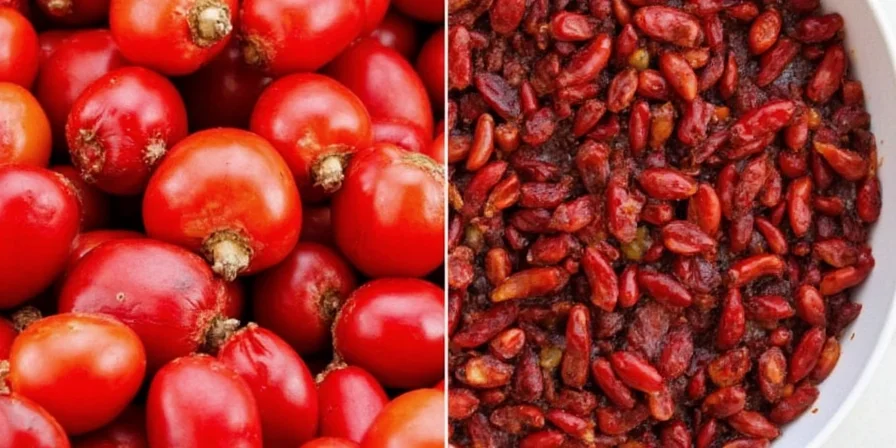
Grow your own spice garden and harvest the heat!
Where to Buy and Storage Secrets
- Look for pliable chiles—dry and brittle ones are past their prime.
- Buy whole chiles rather than powdered for better control over flavor and heat.
- Store in airtight containers in a cool, dark place—good quality chiles last up to a year.
Conclusion
So, who wins in the epic battle of Guajillo vs Ancho? Well, it all comes down to what you’re cooking—and how spicy you want life to be. Whether you crave the bold bite of guajillo or the mellow magic of ancho, both are essential players in the spice game. Keep both in your culinary arsenal and let your taste buds decide the day’s vibe.
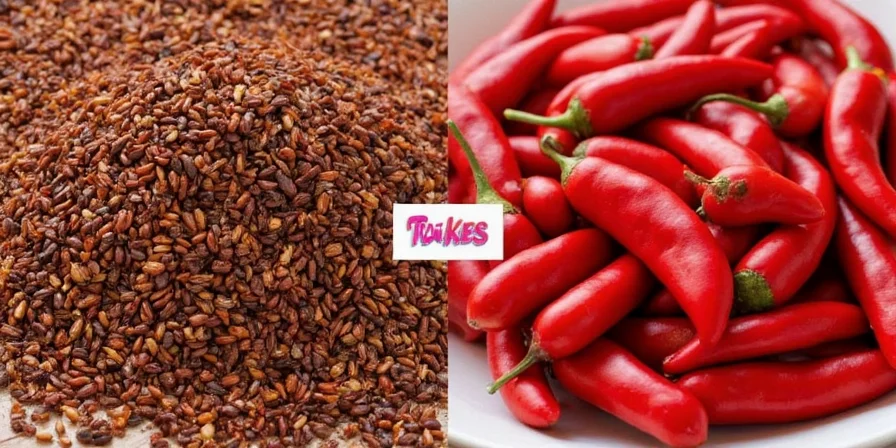
Two champions, one mission: Make food amazing.

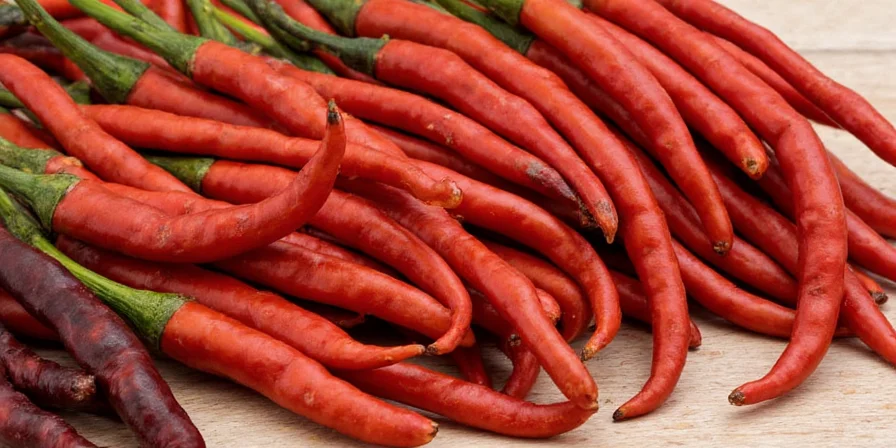









 浙公网安备
33010002000092号
浙公网安备
33010002000092号 浙B2-20120091-4
浙B2-20120091-4